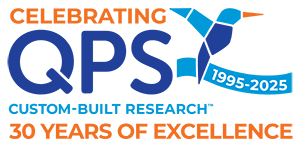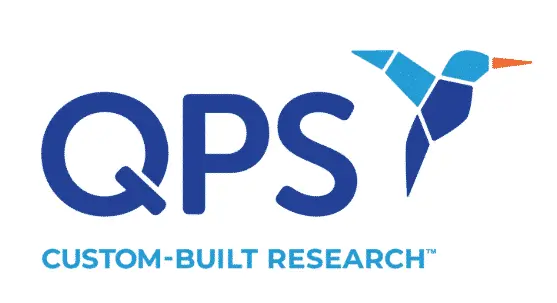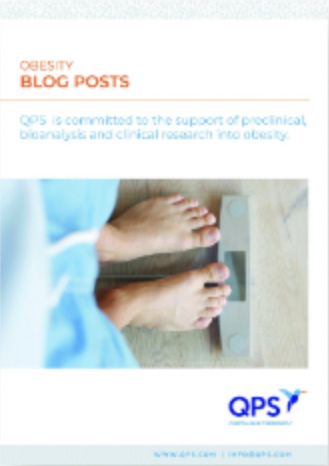Drug discovery has long been a gamble—slow, costly, and plagued by high failure rates. Researchers spend years screening libraries of molecules, hoping to stumble upon one that fits the lock of a disease-causing protein. Now, scientists at the Korea Advanced Institute of Science and Technology (KAIST) have built an AI model that skips the guesswork. It doesn’t need a list of candidate drugs. It only needs the protein itself.
Professor Woo Youn Kim, who led the research, explains, “The newly developed AI can learn and understand the key features required for strong binding to a target protein, and design optimal drug candidate molecules—even without any prior input. This could significantly shift the paradigm of drug development.”

Meet BInD: The Designer AI
The breakthrough model, known as Bond and Interaction-generating Diffusion (BInD) model, can design molecules from scratch while simultaneously predicting how they will bind to a protein. Previous systems either generated drug-like molecules or assessed binding after the fact. BInD performs both tasks simultaneously.
This “simultaneous design” approach ensures every atom, covalent bond and non-covalent interaction is built to fit the protein’s binding pocket. “Since this technology generates molecular structures based on principles of chemical interactions, it is expected to enable faster and more reliable drug development,” Kim said.
From Noise to Novel Drugs
At its core, BInD uses a diffusion model—a generative method that starts with random noise and gradually refines it into a structured design. The same family of models underlies AlphaFold 3, the Nobel Prize–winning tool for predicting protein structures. But where AlphaFold 3 predicts, BInD creates.
Unlike earlier models that sometimes produced chemically impossible molecules, BInD grounds its process in chemical law. It respects real bond lengths, valency rules and interatomic distances. This results in molecules that are not only imaginative but also synthetically feasible.
Balancing the Impossible
Drug design isn’t just about hitting the target. A viable candidate must also be stable, safe and bioavailable. Prior AI systems often optimized for one goal while sacrificing others. BInD balances multiple objectives, including binding affinity, drug-like properties and molecular stability. This makes it far more practical for real-world drug pipelines.
The model even improves itself. By reusing successful binding patterns from earlier rounds, BInD continually sharpens its ability to generate better candidates.
Testing the Model on Cancer Targets
The researchers tested BInD against one of the toughest challenges in oncology: mutations in the epidermal growth factor receptor (EGFR), a protein linked to lung and other cancers. BInD generated molecules that bound selectively to mutated EGFR residues, paving the way for precision therapies that could attack tumors without harming healthy cells. By tailoring drug candidates to specific mutations, the AI model offers a possible route to more effective and less toxic treatments.
The Road Ahead
The study, published in Advanced Science, marks a leap toward faster and more effective drug design. The next steps include experimental validation of the model’s drug candidates, expanding to new protein targets and integrating the system with automated synthesis platforms.
If these efforts succeed, drug discovery could be compressed from years to months—at a fraction of the cost. The impact would ripple across medicine, from cancer to rare diseases once considered “undruggable.”
BInD is more than a tool. It’s a glimpse into a future where the bottlenecks of trial-and-error chemistry are surpassed by intelligent design. By integrating chemical intuition and artificial intelligence, the KAIST team has demonstrated that machines can do more than we imagined, accelerating the drug development process. Machines inventing viable therapeutics could be the next frontier in medicine.
Did you enjoy this blog post? Check out our other blog posts as well as related topics on our Webinar page.
QPS is a GLP- and GCP-compliant contract research organization (CRO) delivering the highest grade of discovery, preclinical, and clinical drug research development services. Since 1995, it has grown from a tiny bioanalysis shop to a full-service CRO with 1,200+ employees in the US, Europe, Asia, India and Australia. Today, QPS offers expanded pharmaceutical contract R&D services with special expertise in pharmacology, DMPK, toxicology, bioanalysis, translational medicine, cell therapy (including PBMCs, leukopaks and cell therapy products), clinical trial units and clinical research services. An award-winning leader focused on bioanalytics and clinical trials, QPS is known for proven quality standards, technical expertise, a flexible approach to research, client satisfaction and turnkey laboratories and facilities. Through continual enhancements in capacities and resources, QPS stands tall in its commitment to delivering superior quality, skilled performance and trusted service to its valued customers. For more information, visit www.qps.com or email info@qps.com.




